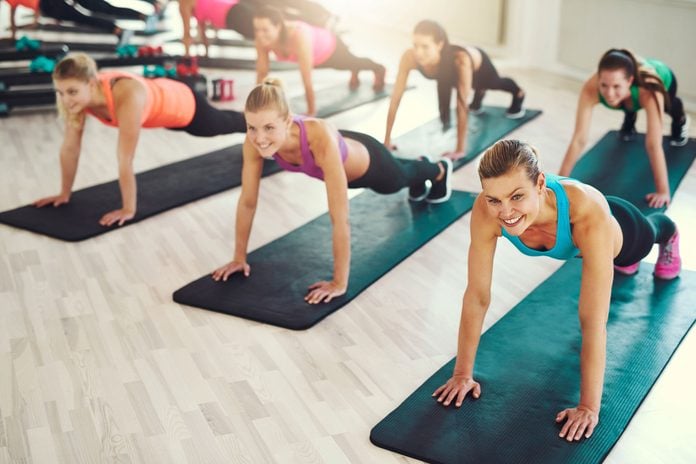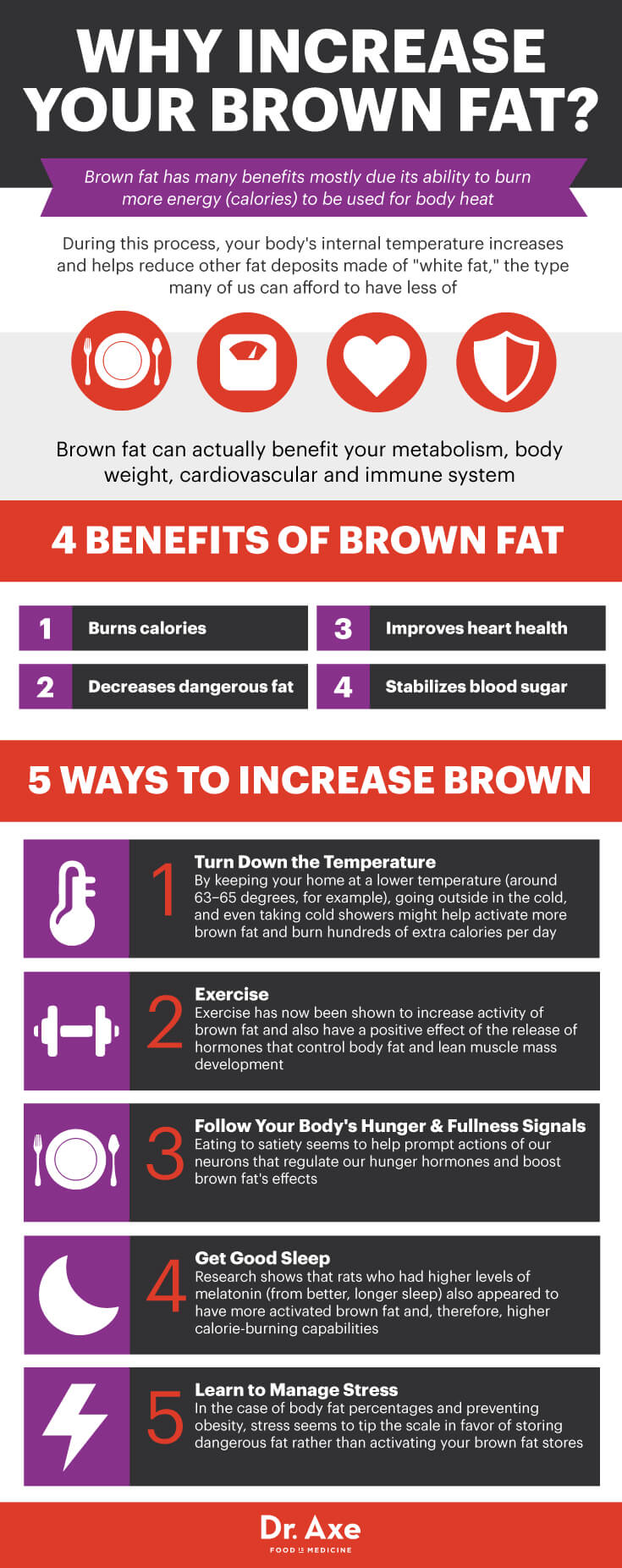Activate Your Brown Fat to Burn Your Calories
Did you know that there are different types of fats in our bodies? Updated findings from ongoing studies of metabolic diseases, obesity and the fat that makes you burn calories

How much do you know about fats? No, we are not talking about the fats we eat, namely unsaturated fats, polyunsaturated fats and monounsaturated fats. How much do you know about the fats in our bodies?
What’s Fat Got to Do with It?
A look at the 2010 National Health Survey showed one in nine adults aged 18 to 69 in Singapore was obese, a number that is more than double the level seen in 1992. Over half-faced risk of chronic diseases such as diabetes, high blood pressure and heart disease because of their weight. These numbers indicate a pressing need to study the Asian phenotype; especially so since it is known that Indians have a far greater prevalence of diabetes compared to Chinese or Caucasians at any given BMI.
Moreover, much of the available information about diseases related to obesity originate from studies done in the West. As such, the Singapore Adult Metabolism Study (SAMS) was launched in 2009 to assess how much ethnic differences account for in a person’s predisposition to metabolic diseases like diabetes and obesity.
Fat and Insulin Resistance
Although research is still ongoing, data from the study of about 260 adult males from three ethnic groups (namely Chinese, Malays and Indians) indicate that as BMI increases, insulin sensitivity — a key factor in Type 2 diabetes — declines proportionately.
This is regardless of gender or ethnic groups, which is not surprising. The unexpected finding is how rapidly the decline in insulin sensitivity occurred with increasing fatness among the three ethnic groups.
According to one of SAMS’ research collaborators Associate Professor Melvin Leow, Senior Consultant at the Department of Endocrinology in Tan Tock Seng Hospital, Indians are the most insulin-resistant. A/Prof Leow clarifies, however, that Chinese and Malays are not spared the ills of insulin resistance when BMI increases to the overweight and obesity ranges.
“Our data showed that the insulin sensitivity of the Chinese and Malays declines so quickly with rising BMI that their overall insulin resistance actually overtakes the Indians once they become overweight and obese,” he says.
Stimulating Your Metabolic Rate
Metabolic rate, a measure of how quickly our body burns stored fuels and how it can be accelerated to promote weight loss or maintenance, are also being investigated by A/Prof Leow and his team at the Clinical Nutrition Research Centre (CNRC). At present, they are conducting a study to discover the effectiveness of foods with an innate capacity of stimulating an increase in metabolic rate — a process termed diet-induced thermogenesis (DIT).
The team is examining a non-spicy variant of capsaicin (a substance found in chillies and peppers) called capsinoids. “We have demonstrated that only 9mg of capsinoids can increase DIT within a short span of two hours or so,” says A/Prof Leow.
Additionally, by using a special infrared thermal camera and a combination of advanced image processing techniques developed by the research team, A/Prof Leow and his team also discovered a significant increase in heat energy output over skin areas above the collar bones and at the sides of the neck.
These areas correspond to the regions where brown fat, known for its ability to burn up fat stores in the body leading to weight loss, is located.
AN AVERAGE ADULT HAS ANYWHERE FROM 0 to 300g OF BROWN ADIPOSE TISSUES (BAT).
Fat exists in our bodies as either white fat which functions as stores of excess calories, or brown fat which functions to burn up stored calories to produce heat, explains A/Prof Leow. A hybrid form of fat, termed ‘beige’ or ‘brite’ fat, is now understood to be derived from white fat through a process called ‘browning’ of white fat.
The beige fat, together with brown fat, make up brown adipose tissues (BAT).
Studies have estimated that a mere 50g of functionally active BAT can increase metabolic rate sufficiently to keep us from becoming overweight, says A/Prof Leow. Much of BAT in adults may be dormant especially in hot weather. Brown fat activation can occur when we are exposed to the cold.
On Brown Fat Activation
The good news is that humans can actually grow brown fat cells and activate them more effectively. There is a flurry of research all over the world examining this “browning” process, says A/Prof Leow.
“Since the final product of browning white fat is beige or brite fat (which also functions to burn up stored fats) then every obese individual with large stores of white fat does possess a potential of fat cells that might be tweaked and coaxed to become BAT,” he says.
A/Prof Leow and his team are exploring ways to induce browning, which includes complex processes involving the switching of genes known to flip white fat to BAT.
As he says, “It is important that researchers continue to explore better and more acceptable ways of activating BAT so as to have an effective weapon against the rising tide of obesity and diabetes.”
Did you know that there are different types of fats in our bodies? Updated findings from ongoing studies of metabolic diseases, obesity and the fat that makes you burn calories

How much do you know about fats? No, we are not talking about the fats we eat, namely unsaturated fats, polyunsaturated fats and monounsaturated fats. How much do you know about the fats in our bodies?
What’s Fat Got to Do with It?
A look at the 2010 National Health Survey showed one in nine adults aged 18 to 69 in Singapore was obese, a number that is more than double the level seen in 1992. Over half-faced risk of chronic diseases such as diabetes, high blood pressure and heart disease because of their weight. These numbers indicate a pressing need to study the Asian phenotype; especially so since it is known that Indians have a far greater prevalence of diabetes compared to Chinese or Caucasians at any given BMI.
Moreover, much of the available information about diseases related to obesity originate from studies done in the West. As such, the Singapore Adult Metabolism Study (SAMS) was launched in 2009 to assess how much ethnic differences account for in a person’s predisposition to metabolic diseases like diabetes and obesity.
Fat and Insulin Resistance
Although research is still ongoing, data from the study of about 260 adult males from three ethnic groups (namely Chinese, Malays and Indians) indicate that as BMI increases, insulin sensitivity — a key factor in Type 2 diabetes — declines proportionately.
This is regardless of gender or ethnic groups, which is not surprising. The unexpected finding is how rapidly the decline in insulin sensitivity occurred with increasing fatness among the three ethnic groups.
According to one of SAMS’ research collaborators Associate Professor Melvin Leow, Senior Consultant at the Department of Endocrinology in Tan Tock Seng Hospital, Indians are the most insulin-resistant. A/Prof Leow clarifies, however, that Chinese and Malays are not spared the ills of insulin resistance when BMI increases to the overweight and obesity ranges.
“Our data showed that the insulin sensitivity of the Chinese and Malays declines so quickly with rising BMI that their overall insulin resistance actually overtakes the Indians once they become overweight and obese,” he says.
Stimulating Your Metabolic Rate
Metabolic rate, a measure of how quickly our body burns stored fuels and how it can be accelerated to promote weight loss or maintenance, are also being investigated by A/Prof Leow and his team at the Clinical Nutrition Research Centre (CNRC). At present, they are conducting a study to discover the effectiveness of foods with an innate capacity of stimulating an increase in metabolic rate — a process termed diet-induced thermogenesis (DIT).
The team is examining a non-spicy variant of capsaicin (a substance found in chillies and peppers) called capsinoids. “We have demonstrated that only 9mg of capsinoids can increase DIT within a short span of two hours or so,” says A/Prof Leow.
Additionally, by using a special infrared thermal camera and a combination of advanced image processing techniques developed by the research team, A/Prof Leow and his team also discovered a significant increase in heat energy output over skin areas above the collar bones and at the sides of the neck.
These areas correspond to the regions where brown fat, known for its ability to burn up fat stores in the body leading to weight loss, is located.
AN AVERAGE ADULT HAS ANYWHERE FROM 0 to 300g OF BROWN ADIPOSE TISSUES (BAT).
Fat exists in our bodies as either white fat which functions as stores of excess calories, or brown fat which functions to burn up stored calories to produce heat, explains A/Prof Leow. A hybrid form of fat, termed ‘beige’ or ‘brite’ fat, is now understood to be derived from white fat through a process called ‘browning’ of white fat.
The beige fat, together with brown fat, make up brown adipose tissues (BAT).
Studies have estimated that a mere 50g of functionally active BAT can increase metabolic rate sufficiently to keep us from becoming overweight, says A/Prof Leow. Much of BAT in adults may be dormant especially in hot weather. Brown fat activation can occur when we are exposed to the cold.
On Brown Fat Activation
The good news is that humans can actually grow brown fat cells and activate them more effectively. There is a flurry of research all over the world examining this “browning” process, says A/Prof Leow.
“Since the final product of browning white fat is beige or brite fat (which also functions to burn up stored fats) then every obese individual with large stores of white fat does possess a potential of fat cells that might be tweaked and coaxed to become BAT,” he says.
A/Prof Leow and his team are exploring ways to induce browning, which includes complex processes involving the switching of genes known to flip white fat to BAT.
As he says, “It is important that researchers continue to explore better and more acceptable ways of activating BAT so as to have an effective weapon against the rising tide of obesity and diabetes.”




